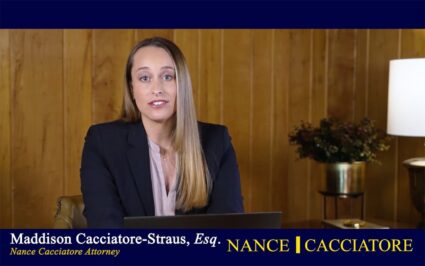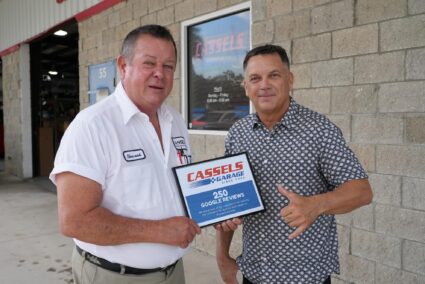[dropcap]E[/dropcap]ver since Google moved away from meta keywords and meta descriptions, webmasters and SEO’s have been trying to find out new ways to rank their websites higher. Google Panda has shifted to new measures that gives more weight and priority to user generated, relevant, unique content. While meta keywords and meta descriptions still contribute to the puzzle, they aren’t nearly as relevant as before. They are actually towards the bottom of importance as far as Google’s alogrithms go.
The diagram below portrays a website that is optimized for “sesame bagels” as perfect as it can get:
As you can see, the body text consists of the words “sesame” and “bagels” numerous times throughout the content of the page. Google see’s this ias something relevant, since it’s repeated multiple times and knows it isn’t spam. (Search Engines are very very smart!)
Moreover, the page title consists of the phrase “Sesame Bagels”, and the same is repeated in the meta description and meta keywords. You also see that a picture of sesame bagels is in the page, with a filename of sesame-bagels.jpg, with an alt attribute (alt img text) of Sesame Bagels.
The H1 tag (title) also repeats Sesame Bagels, and finally you see the page URL is static, and it too contains the filename “/sesame-donuts”.
With all of these metrics in places, search engines see the repetition and relevance of sesame donuts in this example, and will essentially rank you higher for this term. However, this is not the only metric to take in SEO. This is a small piece of the puzzle that must be done which is called on-page optimization. Off-page optimization is a whole new monster, which includes backlinks and link juice flowing to your site.
Use the example here to correctly implement on-page optimization for a specific term to increase your ranking.



